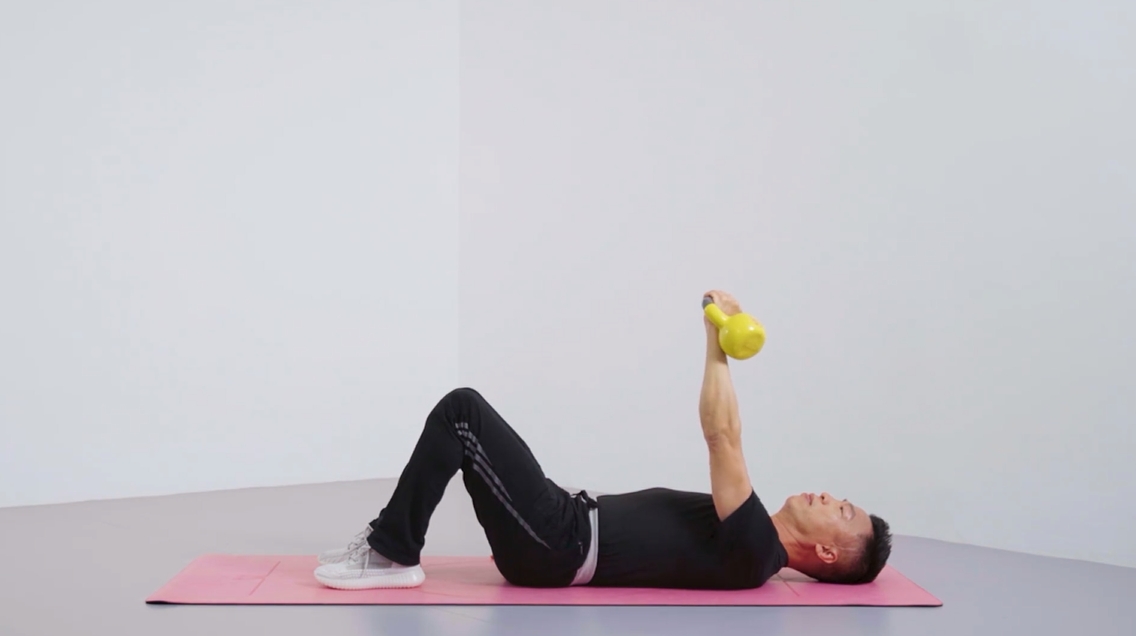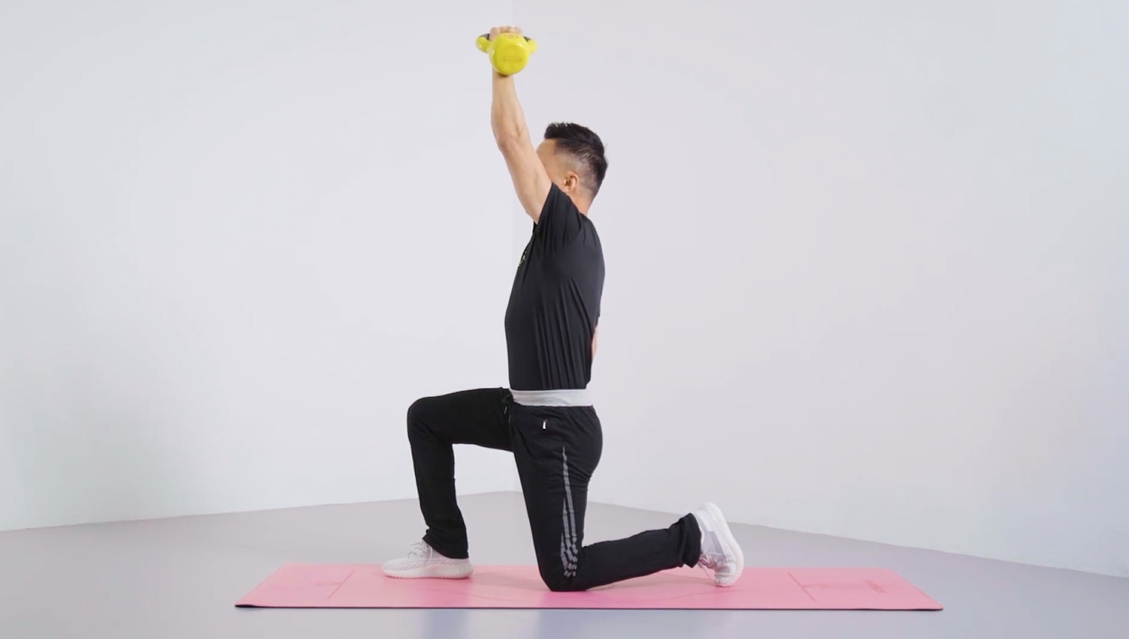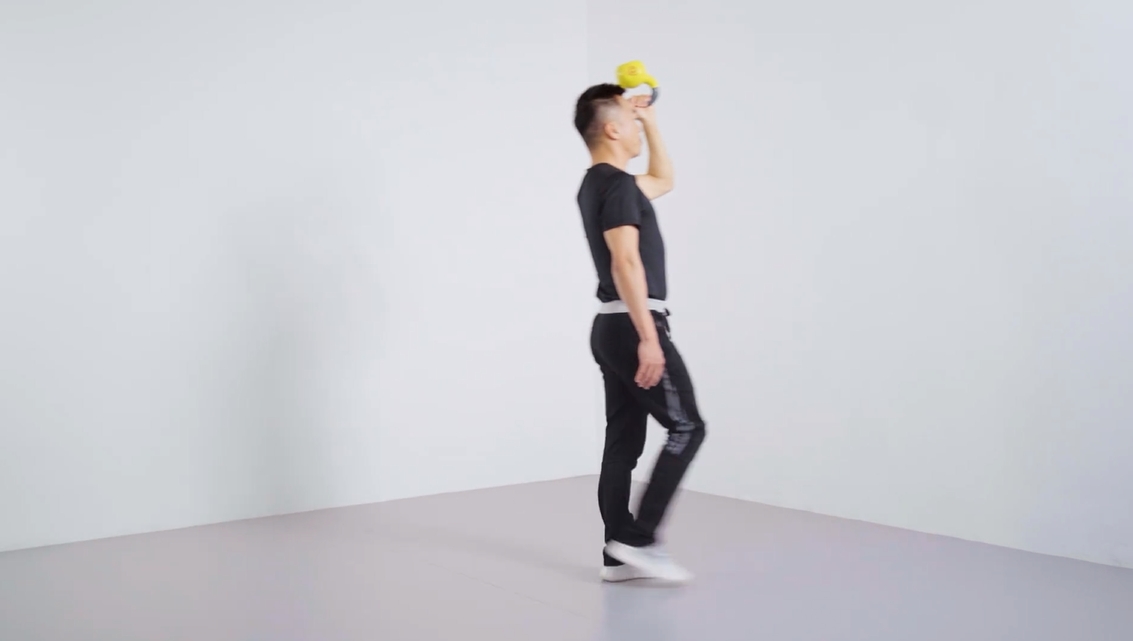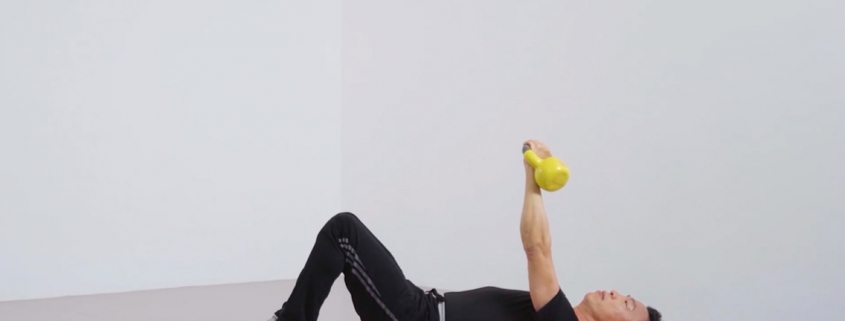Feeling sluggish in your golden years? Here are some smart solutions to help you feel better!
If you have any queries or suggestions, please feel free to reach out via email to info@harisonfitness.com. We will do everything in our capacity to ensure that you love your experience with us.
By middle age and beyond, many people experience these sensations: aching waists, back pain, leg cramps. Want to go for a run? After just a few steps, your whole body feels drained, your throat parched. Within minutes, your body feels twice as heavy… Once upon a time, you were young and strong, full of vigor. Why have you become frail and helpless, like elderly men and women who can barely lift a chicken?
01Causes of Fatigue in the Elderly
First, let’s explore why older adults experience physical weakness.
1. Osteoporosis. As age increases, weakened digestive function leads to insufficient intake and absorption of various nutrients. Declining sexual function and reduced secretion of sex hormones also contribute. Additionally, most seniors engage in minimal physical activity, rarely participate in outdoor exercise, and have low metabolic rates—all factors that contribute to osteoporosis.
2. Sarcopenia, or muscle loss, causes diminished muscle strength.
3. Various health conditions like iron-deficiency anemia, diabetes, and atherosclerosis can trigger physical discomfort. These ailments are common companions for middle-aged and elderly individuals, easily acquired with carelessness.
When facing physical weakness, most seniors turn to medical treatment. If there’s a clear underlying illness, seeking medical care is the first priority. Of course, moderate exercise is also essential. Only through physical activity can bodily functions be strengthened, reducing reliance on medication alone. Incorporating some basic, simple exercises can also help improve physical weakness quickly and sustainably.
02 Functional Strength — Upper Body Push
So, what exercise method can effectively improve fatigue? This exercise, called the “Upper Body Push,” is a functional strength training pattern.
Primary Equipment: Kettlebell.
Difficulty Level: L4.
Duration: 15 minutes.
Calories Burned: 160 kcal.
Note: This L4-level class is suitable for seniors practicing at home or in a studio.
Movement 1: Supine Single-Arm Kettlebell Bench Press
Instructions: Lie flat on a mat with legs bent at natural angles. Hold the kettlebell in one hand and press upward. Exhale as you lift the kettlebell until your arm is fully extended. Inhale as you lower the kettlebell back to your chest. Alternate arms and repeat for 5 minutes.

Action 2: Single-Knee Kettlebell Push Press
Action Instructions: Kneel on one knee and push the kettlebell upward with one hand. Exhale as you press upward until your arm is fully extended; inhale as you bring the kettlebell back to your chest. Alternate hands and repeat the exercise for 5 minutes.

Action 3: Kettlebell Walk with Reverse Grip
Action Instructions: Stand naturally with arms raised, elbows bent at 90 degrees, holding the kettlebell in reverse grip. Walk forward while keeping arms stable and breathing naturally. Alternate hands and repeat for 5 minutes.

Friendly Reminder
1. During training, you may experience mild shortness of breath, along with a stretching sensation and soreness in the relevant muscles. These are all normal phenomena. If the exercise feels too challenging, reduce the frequency and adjust the pace according to your physical capabilities.
2. It is recommended to train 40 minutes after meals. Always prioritize avoiding pain or discomfort during the workout. If you experience any pain or discomfort, stop training immediately and consult a professional.






Leave a Reply
Want to join the discussion?Feel free to contribute!